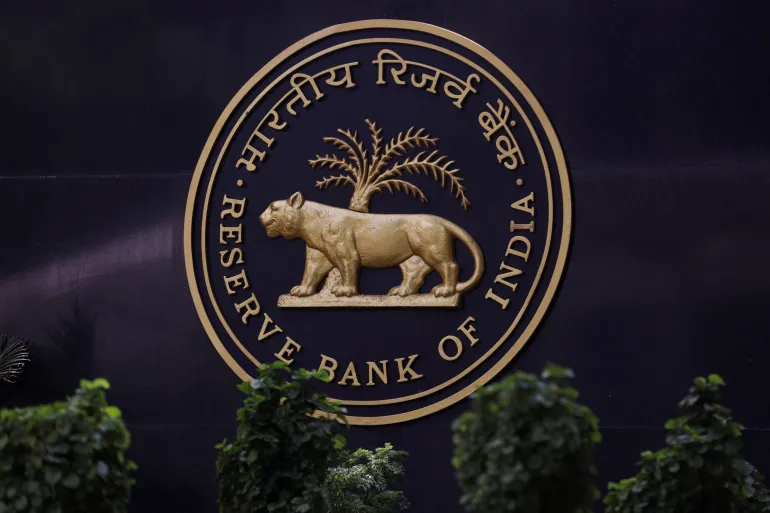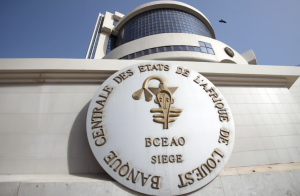Banking/ India slashes interest rates to boost slowing economy

In a bid to revive economic momentum, India’s central bank has cut interest rates for the first time in almost five years. The Reserve Bank of India (RBI) lowered its key lending rate, the repo rate, from 6.5% to 6.25%, aligning with market expectations.
This move comes as India’s GDP growth is projected to drop to 6.7%, its lowest in four years.
RBI Governor Sanjay Malhotra emphasized a “neutral” policy stance, leaving room for additional rate cuts to stimulate growth.
The decision follows a series of measures, including a $18 billion liquidity injection and a reduction in the cash reserve ratio for banks, aimed at addressing cash shortages.
While urban consumption and corporate profits have weakened, moderating inflation and robust rural demand offer some optimism.
The rate cut is expected to lower borrowing costs for businesses and reduce interest rates on mortgages and credit cards, providing relief to consumers.
However, challenges persist. Global uncertainties, including U.S. trade policies and foreign investor outflows, have pressured the Indian rupee, which is hovering near record lows.
With limited fiscal flexibility, economists predict further rate cuts of 0.5%–1% to bolster growth.
The rate reduction complements recent tax cuts for the middle class, but the government remains cautious about spending to control the budget deficit.
As India navigates these headwinds, the RBI’s actions underscore its commitment to stabilizing the economy.











